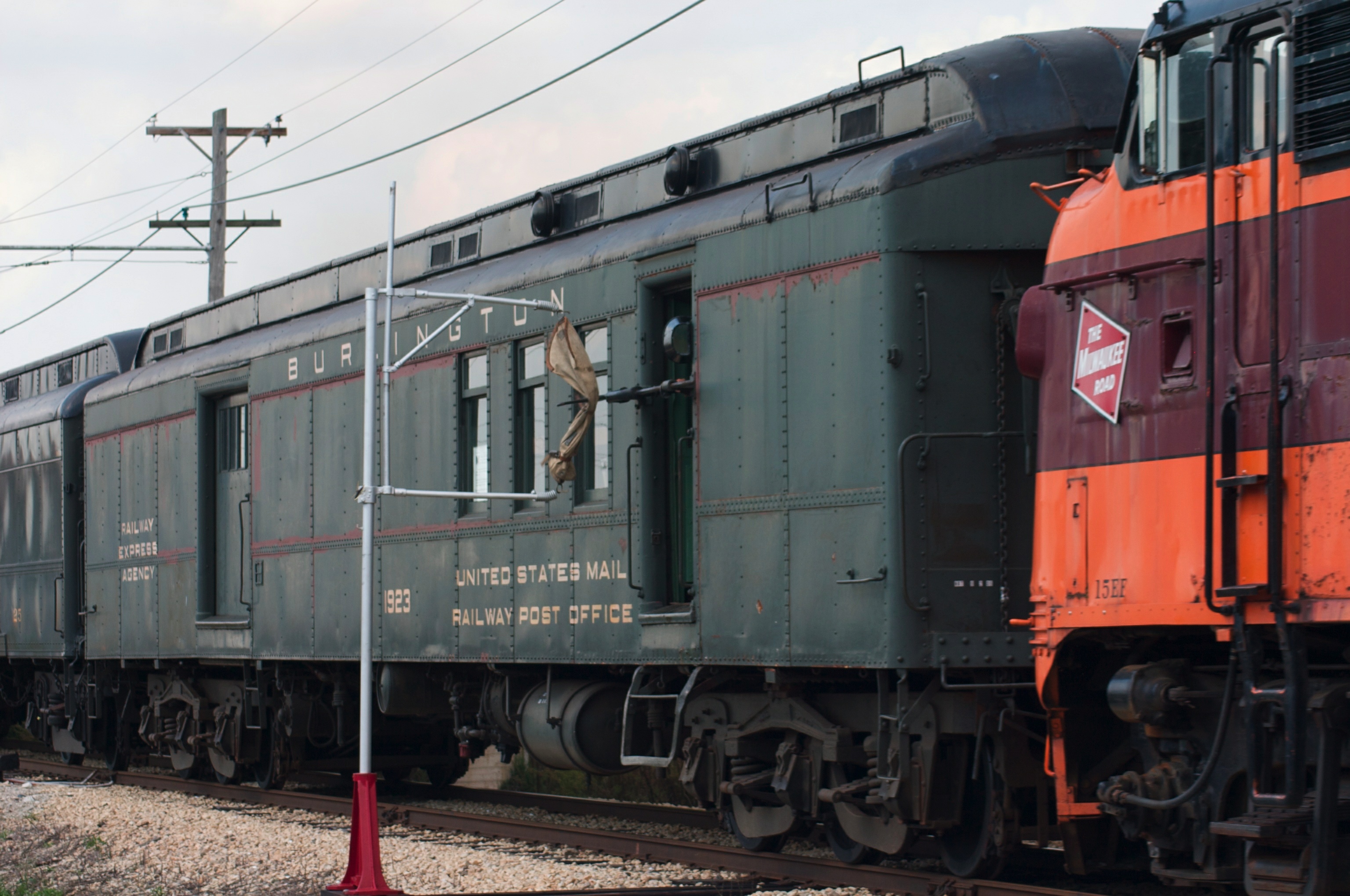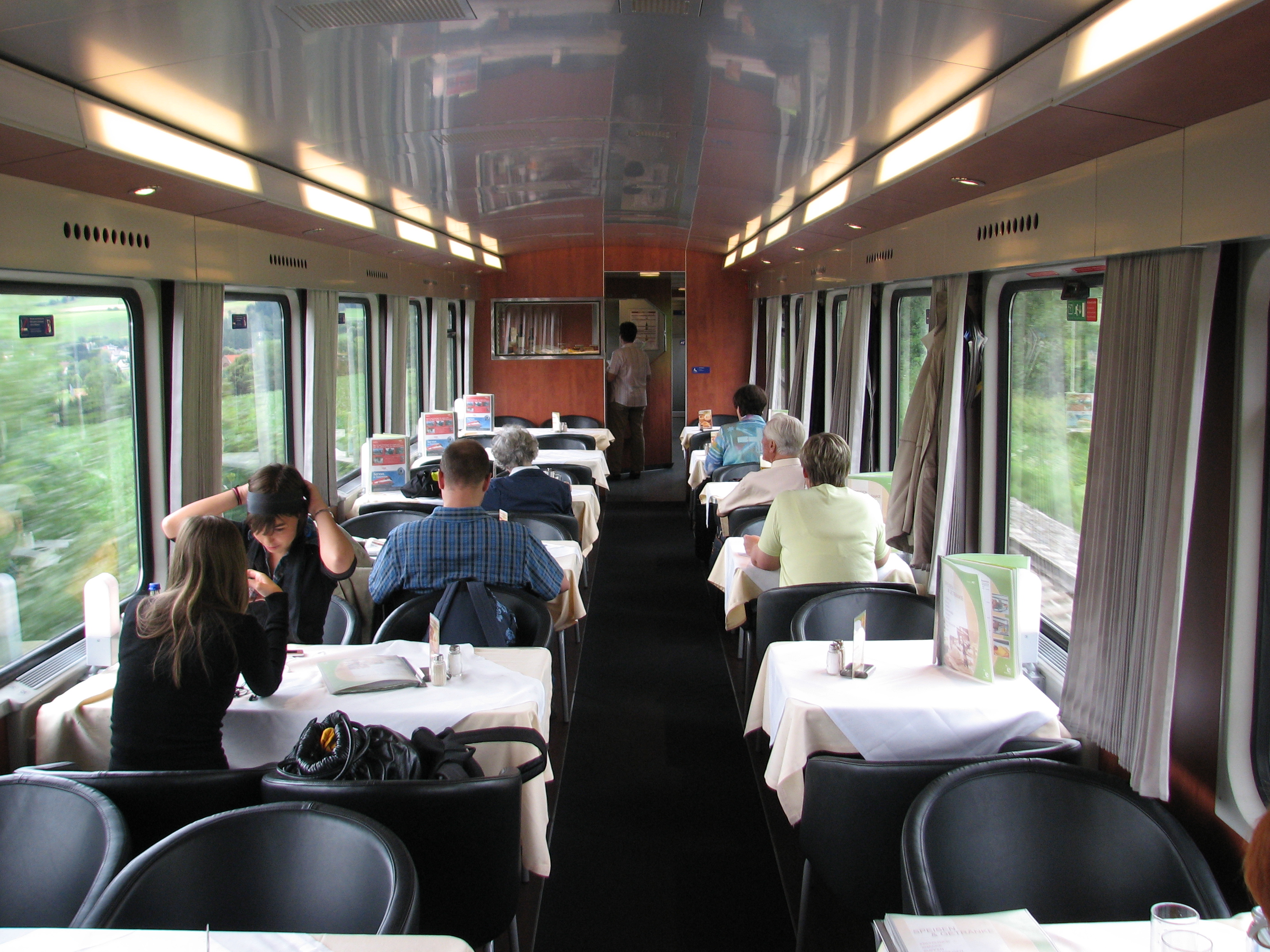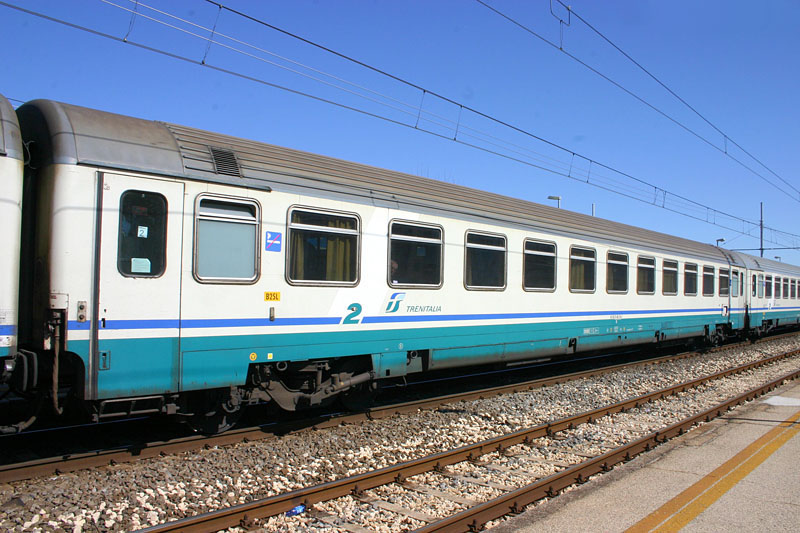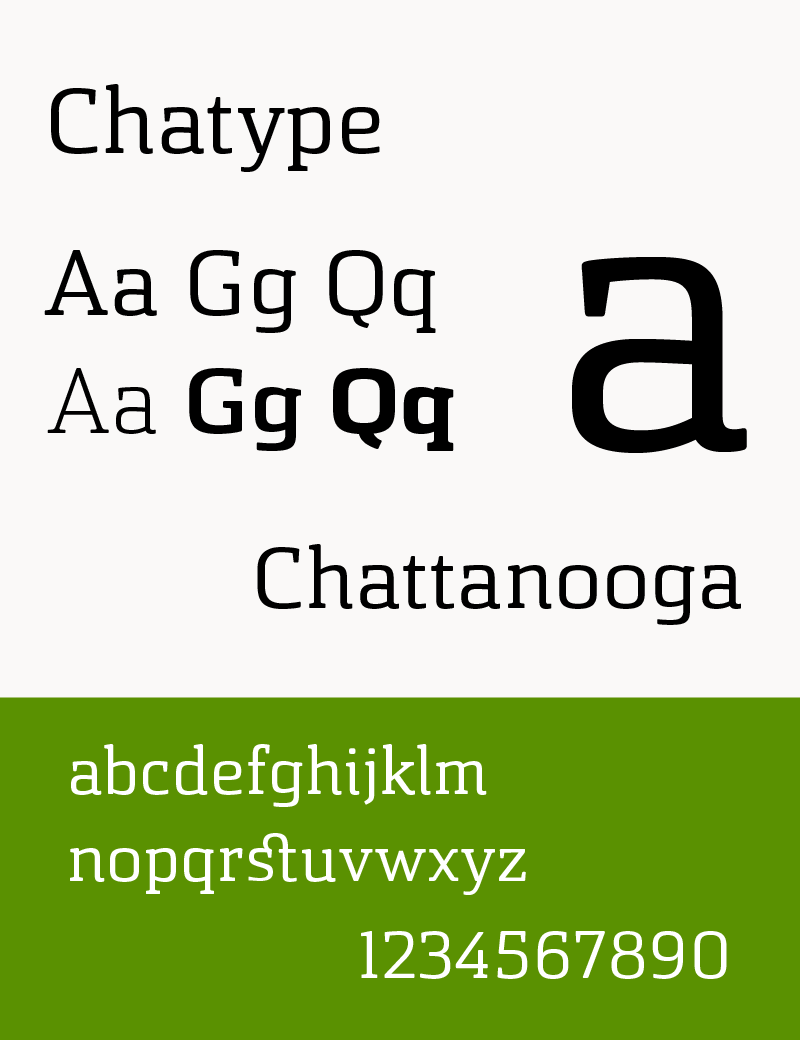|
Tennessean (passenger Train)
The ''Tennessean'' was a named passenger train jointly operated by the Norfolk and Western Railway (N&W) and the Southern Railway (SOU). Inaugurated on May 17, 1941, its route ran from Washington, DC, to Lynchburg, Virginia, on the SOU, then on to Bristol, Tennessee, on the N&W, terminating at Memphis Union Station via the SOU. The St. Louis Southwestern Railway inaugurated a new passenger train, the '' Morning Star'' from Memphis to Dallas, specifically to provide close connections with the ''Tennessean'' at Memphis. Intended to replace the ''Memphis Special'' as the preeminent carrier on the Washington–Memphis run, one of its critical duties was the transportation of mail for the Railway Mail Service division of the Post Office Department. The train's almost immediate success was further bolstered by a sharp rise in passenger traffic during World War II. The ''Tennessean'' carried a Bristol- Nashville sleeping car, a Chattanooga-Memphis sleeper, and a New York-Me ... [...More Info...] [...Related Items...] OR: [Wikipedia] [Google] [Baidu] |
Inter-city Rail
Inter-city rail services are express passenger train services that run services that connect cities over longer distances than commuter or regional trains. There is no precise definition of inter-city rail; its meaning may vary from country to country. Most broadly, it can include any rail services that are neither short-distance commuter rail trains within one city area, nor slow regional rail trains calling at all stations and covering local journeys only. Most typically, an inter-city train is an express train with limited stops and comfortable carriages to serve long-distance travel. Inter-city rail sometimes provides international services. This is most prevalent in Europe, due to the close proximity of its 50 countries in a 10,180,000 square kilometre (3,930,000 sq mi) area. Eurostar and EuroCity are examples of this. In many European countries the word "InterCity" or "Inter-City" is an official brand name for a network of regular-interval, relatively long-distance ... [...More Info...] [...Related Items...] OR: [Wikipedia] [Google] [Baidu] |
Morning Star (train)
The ''Morning Star'' was a passenger train operated by St. Louis Southwestern Railway (Cotton Belt) between St. Louis, Missouri, St. Louis and Dallas, designated as train numbers 5 (southbound) and 6 (northbound). From 1941 to 1950, the ''Morning Star'' also carried through cars from Memphis, Tennessee, Memphis to Dallas, connecting with the main train at Union Station (Brinkley), Brinkley, Arkansas. The Memphis connection for the ''Morning Star'' was added to permit Cotton Belt passenger trains to readily connect with the new ''Tennessean (passenger train), Tennessean'' which had been inaugurated by Southern Railway (U.S.), Southern Railway in 1941. The ''Morning Star'' was replaced by unnamed train numbers 7 and 8 in November 1952, as a part of extensive passenger train restructuring by St. Louis Southwestern. The #7/#8 trains continued to the mid-1950s along the St. Louis - Dallas route, with coach and sleeping car service; however, food concession cars were eliminated. Refe ... [...More Info...] [...Related Items...] OR: [Wikipedia] [Google] [Baidu] |
Named Passenger Trains Of The United States
Named may refer to something that has been given a name. Named may also refer to: * named (computing), a widely used DNS server * Naming (parliamentary procedure) * The Named (band), an American industrial metal group In literature: * ''The Named'', a fantasy novel by Marianne Curley * The Named, a fictional race of prehistoric big cats, depicted in ''The Books of the Named'' series by Clare Bell See also * Name (other) * Names (other) Names are words or terms used for identification. Names may also refer to: * ''Names'' (EP), by Johnny Foreigner * ''Names'' (journal), an academic journal of onomastics * The Names (band), a Belgian post-punk band * ''The Names'' (novel), by ... * Naming (other) {{disambiguation ... [...More Info...] [...Related Items...] OR: [Wikipedia] [Google] [Baidu] |
Railway Post Office
In Canada and the United States, a railway post office, commonly abbreviated as RPO, was a railroad car that was normally operated in passenger service as a means to sort mail en route, in order to speed delivery. The RPO was staffed by highly trained Railway Mail Service postal clerks, and was off-limits to the passengers on the train. In the UK and Ireland, the equivalent term was travelling post office (TPO). From the middle of the 19th century, many American railroads earned substantial revenues through contracts with the U.S. Post Office Department (USPOD) to carry mail aboard high-speed passenger trains; and the Railway Mail Service enforced various standardized designs on RPOs. In fact, a number of companies maintained passenger routes where the financial losses from moving people were more than offset by transporting the mail. History The world's first official carriage of mail by rail was by the United Kingdom's General Post Office in November 1830, using adapted rail ... [...More Info...] [...Related Items...] OR: [Wikipedia] [Google] [Baidu] |
Observation Car
An observation car/carriage/coach (in US English, often abbreviated to simply observation or obs) is a type of railroad passenger car, generally operated in a passenger train as the rearmost carriage, with windows or a platform on the rear of the car for passengers' viewing pleasure. The cars were nearly universally removed from service on American railroads beginning in the 1950s as a cost-cutting measure in order to eliminate the need to "turn" the trains when operating out of stub-end terminals. The push-pull mode of operation removes this limitation. In Europe, various trains are now fitted with observation cars at either or both ends. Configuration The main spotting feature of observation cars is at the "B" end (tail) of the car; the walls of lightweight and streamlined cars usually round together to form a tapered U shape, smoothly or with a door, and larger panoramic windows were installed all around the end of the car. On older heavyweight cars, the rear end of the car ... [...More Info...] [...Related Items...] OR: [Wikipedia] [Google] [Baidu] |
Coach (rail)
A passenger railroad car or passenger car (United States), also called a passenger carriage, passenger coach (United Kingdom and International Union of Railways), or passenger bogie (India) is a railroad car that is designed to carry passengers. The term ''passenger car'' can also be associated with a sleeping car, a baggage car, a dining car, railway post office and prisoner transport cars. The first passenger cars were built in the early 1800s with the advent of the first railroads, and were small and little more than converted freight cars. Early passenger cars were constructed from wood; in the 1900s construction shifted to steel and later aluminum for improved strength. Passenger cars have increased greatly in size from their earliest versions, with modern bi-level passenger cars capable of carrying over 100 passengers. Amenities for passengers have also improved over time, with developments such as lighting, heating, and air conditioning added for improved passenge ... [...More Info...] [...Related Items...] OR: [Wikipedia] [Google] [Baidu] |
Dining Car
A dining car (American English) or a restaurant car (British English), also a diner, is a railroad passenger car that serves meals in the manner of a full-service, sit-down restaurant. It is distinct from other railroad food service cars that do not duplicate the full-service restaurant experience, such as buffet cars, cars in which one purchases food from a walk-up counter to be consumed either within the car or elsewhere in the train. Grill cars, in which customers sit on stools at a counter and purchase and consume food cooked on a grill behind the counter are generally considered to be an "intermediate" type of dining car. History United States Before dining cars in passenger trains were common in the United States, a rail passenger's option for meal service in transit was to patronize one of the roadhouses often located near the railroad's "water stops". Fare typically consisted of rancid meat, cold beans, and old coffee. Such poor conditions discouraged many from makin ... [...More Info...] [...Related Items...] OR: [Wikipedia] [Google] [Baidu] |
Baggage Car
A passenger railroad car or passenger car (United States), also called a passenger carriage, passenger coach (United Kingdom and International Union of Railways), or passenger bogie (India) is a railroad car that is designed to carry passengers. The term ''passenger car'' can also be associated with a sleeping car, a baggage car, a dining car, railway post office and prisoner transport cars. The first passenger cars were built in the early 1800s with the advent of the first railroads, and were small and little more than converted freight cars. Early passenger cars were constructed from wood; in the 1900s construction shifted to steel and later aluminum for improved strength. Passenger cars have increased greatly in size from their earliest versions, with modern bi-level passenger cars capable of carrying over 100 passengers. Amenities for passengers have also improved over time, with developments such as lighting, heating, and air conditioning added for improved passenge ... [...More Info...] [...Related Items...] OR: [Wikipedia] [Google] [Baidu] |
Stainless-steel
Stainless steel is an alloy of iron that is resistant to rusting and corrosion. It contains at least 11% chromium and may contain elements such as carbon, other nonmetals and metals to obtain other desired properties. Stainless steel's resistance to corrosion results from the chromium, which forms a passive film that can protect the material and self-heal in the presence of oxygen. The alloy's properties, such as luster and resistance to corrosion, are useful in many applications. Stainless steel can be rolled into sheets, plates, bars, wire, and tubing. These can be used in cookware, cutlery, surgical instruments, major appliances, vehicles, construction material in large buildings, industrial equipment (e.g., in paper mills, chemical plants, water treatment), and storage tanks and tankers for chemicals and food products. The biological cleanability of stainless steel is superior to both aluminium and copper, having a biological cleanability comparable to glass. Its cleana ... [...More Info...] [...Related Items...] OR: [Wikipedia] [Google] [Baidu] |
Pullman Company
The Pullman Company, founded by George Pullman, was a manufacturer of railroad cars in the mid-to-late 19th century through the first half of the 20th century, during the boom of railroads in the United States. Through rapid late-19th century development of mass production and takeover of rivals, the company developed a virtual monopoly on production and ownership of sleeper cars. During a severe economic downturn, the 1894 Pullman Strike by company workers proved a transforming moment in American labor history. At the company's peak in the early 20th century, its cars accommodated 26 million people a year, and it in effect operated "the largest hotel in the world". Its production workers initially lived in a planned worker community (or "company town") named Pullman, Chicago. Pullman developed the sleeping car, which carried his name into the 1980s. Pullman did not just manufacture the cars, it also operated them on most of the railroads in the United States, paying rail ... [...More Info...] [...Related Items...] OR: [Wikipedia] [Google] [Baidu] |
Chattanooga, Tennessee
Chattanooga ( ) is a city in and the county seat of Hamilton County, Tennessee, United States. Located along the Tennessee River bordering Georgia, it also extends into Marion County on its western end. With a population of 181,099 in 2020, it is Tennessee's fourth-largest city and one of the two principal cities of East Tennessee, along with Knoxville. It anchors the Chattanooga metropolitan area, Tennessee's fourth-largest metropolitan statistical area, as well as a larger three-state area that includes Southeast Tennessee, Northwest Georgia, and Northeast Alabama. Chattanooga was a crucial city during the American Civil War, due to the multiple railroads that converge there. After the war, the railroads allowed for the city to grow into one of the Southeastern United States' largest heavy industrial hubs. Today, major industry that drives the economy includes automotive, advanced manufacturing, food and beverage production, healthcare, insurance, tourism, and back office ... [...More Info...] [...Related Items...] OR: [Wikipedia] [Google] [Baidu] |
Sleeping Car
The sleeping car or sleeper (often ) is a railway passenger car (rail), passenger car that can accommodate all passengers in beds of one kind or another, for the purpose of sleeping. George Pullman was the American innovator of the sleeper car. The first such cars saw sporadic use on American and English railways in the 1830s; they could be configured for Coach (rail), coach seating during the day. History Possibly the earliest example of a sleeping car (or ''bed carriage'', as it was then called) was on the London & Birmingham and Grand Junction Railways between London and Lancashire, England. The bed carriage was first made available to first-class passengers in 1838. In the spring of 1839, the Cumberland Valley Railroad pioneered sleeping car service in America with a car named "Chambersburg", between Chambersburg, Pennsylvania, Chambersburg and Harrisburg, Pennsylvania. A couple of years later a second car, the "Carlisle", was introduced into service. [...More Info...] [...Related Items...] OR: [Wikipedia] [Google] [Baidu] |








